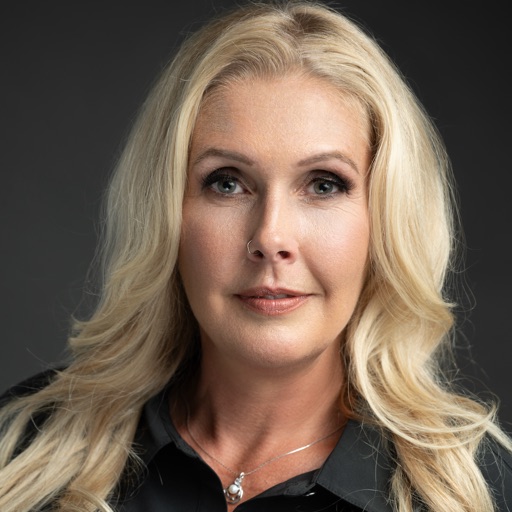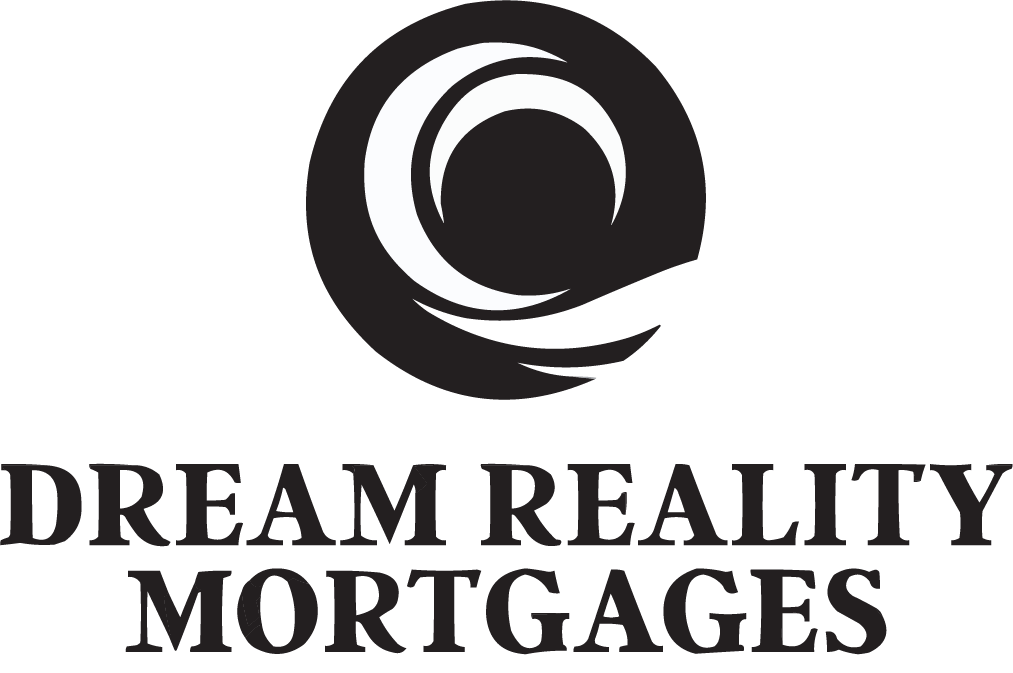
Reverse Mortgages and HELOCs
In Canada, both reverse mortgages and home equity lines of credit (HELOCs) allow homeowners to access the equity in their homes, but they differ significantly in terms of how they function, eligibility, repayment, and interest. Here's a breakdown of the two:
Reverse Mortgages
A reverse mortgage is a loan available to Canadian homeowners aged 55 or older that allows them to borrow against the equity in their home without having to sell it or make regular mortgage payments. The loan is repaid when the homeowner sells the property, moves out, or passes away.
Suitable For:
- Seniors who need cash flow and want to remain in their home without having to make monthly payments.
- Homeowners who have substantial home equity but limited income.
Key Features:
Eligibility: Must be 55 years or older, with the home being your primary residence.
Loan Amount: Typically allows you to borrow up to 55% of your home’s appraised value. The exact amount depends on your age, the value of your home, and your location.
No Monthly Payments: Unlike traditional mortgages, borrowers make no monthly principal or interest payments. The loan is repaid when the house is sold, or when the borrower moves out or passes away.
Interest Accrues Over Time: Interest can be added to the loan balance each month instead of the needing to make a minimum payment, or homeowners can choose to make monthly interest payments
Tax-Free: The money received from a reverse mortgage is tax-free, and it does not affect government benefits like Old Age Security (OAS) or the Guaranteed Income Supplement (GIS).
Repayment: Homeowner sells the home or passes away. TO homeowner sells the home, moves out, or passes away. However, voluntary payments can be made to reduce the balance.


|
Pros and Cons of Reverse Mortgages
|
|||||||||
|---|---|---|---|---|---|---|---|---|---|
|
PROS
|
No Repayment Obligation: You don't need to make regular payments, which is ideal for retirees looking to supplement their income without increasing monthly expenses.
Tax-Free Income: Withdrawals from a reverse mortgage are not taxed and don’t affect government benefits. Stay in Your Home: Allows seniors to stay in their home while accessing their equity. |
||||||||
|
CONS
|
Higher Interest Rates: Reverse mortgages typically come with higher interest rates compared to traditional mortgages or HELOCs.
Equity Erosion: Since interest accumulates on the balance, the amount you owe increases over time, but you will never owe more than your home is worth. Limited Borrowing Capacity: You can only borrow up to 55% of the home’s value, and this percentage is often lower for younger applicants (those closer to 55). |
||||||||
Home Equity Line of Credit (HELOC)
A HELOC is a revolving line of credit secured by your home, which allows you to borrow against your home equity as needed, up to a certain limit. Unlike a reverse mortgage, you have the flexibility to draw on the line of credit and repay it as needed.
Suitable For:
- Homeowners of any age with sufficient equity who want flexible, low-cost access to funds and can afford to make monthly payments.
- Those looking to use their home equity for renovations, investments, or emergencies without having to sell their home.
Key Features:
Eligibility: Available to homeowners of any age who have a significant amount of equity in their home (typically at least 20%).
Loan Amount: You can borrow up to 65% of your home’s appraised value. Combined with any remaining mortgage balance, the total debt cannot exceed 80% of the home’s value.
Interest-Only Payments: You only need to make payments on the interest each month, but you can choose to pay down the principal as well. The principal can be paid back at any time.
Variable Interest Rate: HELOCs typically come with a variable interest rate, which means the rate can fluctuate based on market conditions, impacting your monthly payments.
Flexible Repayment: You have the flexibility to borrow and repay the money as needed. If you repay the principal, you can borrow it again in the future.
|
Pros and Cons of Home Equity Line of Credit (HELOC)
|
|||||||||
|---|---|---|---|---|---|---|---|---|---|
|
PROS
|
Flexible Access to Funds: You can borrow only what you need when you need it, and repay it on your own schedule.
Lower Interest Rates: HELOCs generally have lower interest rates than reverse mortgages and credit cards. Interest-Only Payments: You can choose to make only interest payments each month, which lowers the immediate cost of borrowing. |
||||||||
|
CONS
|
Variable Interest Rate: Because the interest rate is variable, your payments could increase if interest rates rise, making it harder to manage your debt.
Monthly Payment Requirement: Even though you can choose to pay only the interest, you still need to make monthly payments, which might not be ideal for retirees with limited income. Risk of Foreclosure: If you fail to make the required payments, the lender could foreclose on your home. |
||||||||
Comparison
FEATURE
REVERSE MORTGAGES
HELOC
Eligibility
55+ years old
Any age (with sufficient equity)
Loan Amount
Up to 55% of home’s value
Up to 65% of home’s value (combined with mortgage: up to 80%)
Interest Rate
Fixed or variable (typically higher)
Variable (usually lower than reverse mortgage)
Repayment
When you sell, move out, or pass away
Ongoing monthly interest payments (flexible principal repayment)
Access to Funds
Lump sum or periodic payments
Revolving line of credit (borrow as needed)
Monthly Payments
None
Interest-only payments (principal optional)
Impact on Home Equity
Reduces equity over time (due to accruing interest)
Equity only decreases as you borrow
Best for
Seniors needing income with no monthly payments
Homeowners needing flexible, low-cost borrowing
Which Option is Right for You?
- Choose a Reverse Mortgage if you are a senior looking for a way to access the equity in your home without making monthly payments, and you plan to stay in your home long-term.
- Choose a HELOC if you are comfortable making monthly interest payments and want flexible access to your home’s equity, especially if you need the funds for multiple purposes (e.g., home renovations or other investments).
Ultimately, the right choice depends on your financial needs, age, and whether you are able and willing to make monthly payments.






